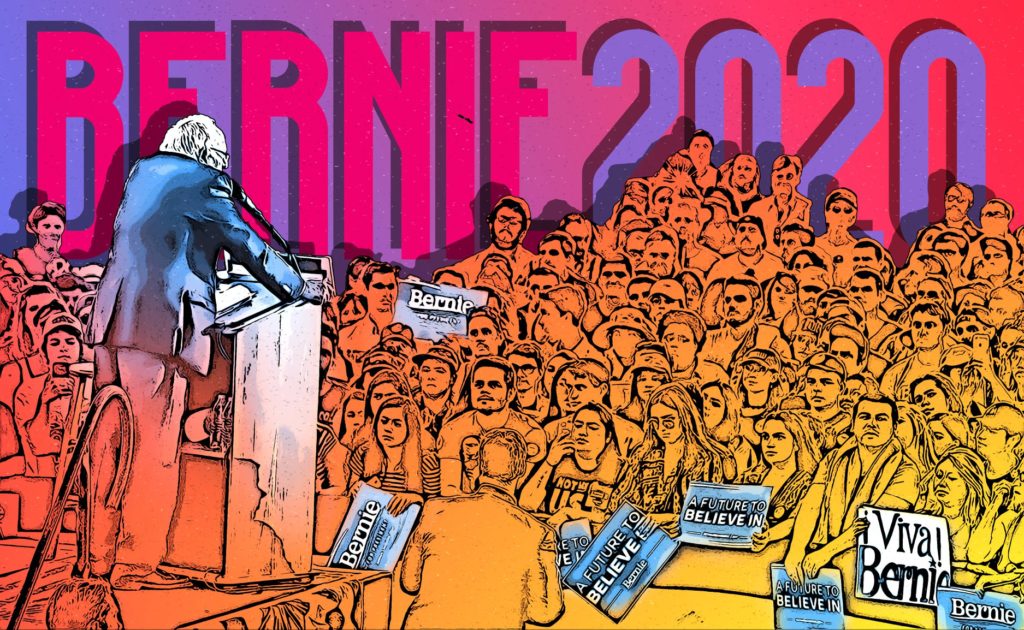I recently wrote about how newly registered voters in California are, in overwhelming numbers, deferring party registration. Astute political friends pointed out that California’s new “motor voter” registration at the DMV defaults to “No Party Preference”if a party isn’t selected and it’s no big surprise that while the Democrats are doing much better than Republicans, most people aren’t too jazzed about picking a political party.
In October, 4,725,054 Californians were Republicans, 5,419,607 NPP, and 8,557,427 were Democrats. The total lead in Democratic registrations, often cited against Republicans, hides a much more significant trend in voter attitude. In the five months between reports, the Democrats added 119,159 new voters, growth of 1.4%. NPP registrations, however, grew 8.35 times as fast and for every new Democrat, five Californians went independent — more than half a million.
Behind these stunning growth numbers is a real opportunity for the “inside / outside” Bernie Sanders campaign. The fastest-growing group of voters in California isn’t happy with the political parties and needs a new message. And with California’s semi-open primary, these NPP independent voters – many of whom are registered for mail ballots in California’s increasingly postal voting-centric system – will simply have to return a postcard requesting a partisan primary ballot. The California Democratic Party has traditionally supported this practice, and even with establishment animosity towards Sanders in place, a huge influx of Berners in recent party elections bodes well for the mixed primary and enlarging the pool of Democratic Party voters, regardless of whether they’ve registered with the party.

I’ve been surprised, however, that Sanders supporters are missing the opportunity to educate and organize these party-free voters, who historically have turned out at much lower numbers than Republican voters. Instead of an education campaign, daily I see Berners on social media urging independent voters to re-register. This strategy simple does not reflect what is happening in our state. Motor voter is bringing new voters in, and if they can’t be convinced to support Sanders and request a crossover ballot, what evidence is there that they can be convinced to re-register to support Sanders?
As I look at 2020 and California’s early primary, this education and follow-up campaign is one of the top opportunities for Sanders’ movement candidacy. Others include using Facebook engagement advertising to activate younger and infrequent voters, and, using consumer data appends to identify likely unregistered, eligible voters and then organizing registration drives.
Aside from the issue of surging NPP registration, there remains the problem of California voters registering as American Independents in confusion. This right-wing party won’t have Democratic crossover ability and groups that want to reach these voters should consider engaging, educational ads targeted at voter file- and append-based custom audiences. We must also support AB 681, a bill by Assemblywoman Lorena Gonzalez (D-San Diego), which will increase the number of notices to voters about their registration and how to request a crossover ballot.
“We just want to make sure people understand that they have to make an affirmative step in order to vote in a presidential primary if they’re not registered as a partisan voter,” Gonzalez told the Los Angeles Times. “The different forms of communication can help if a voter misses one of them.”
